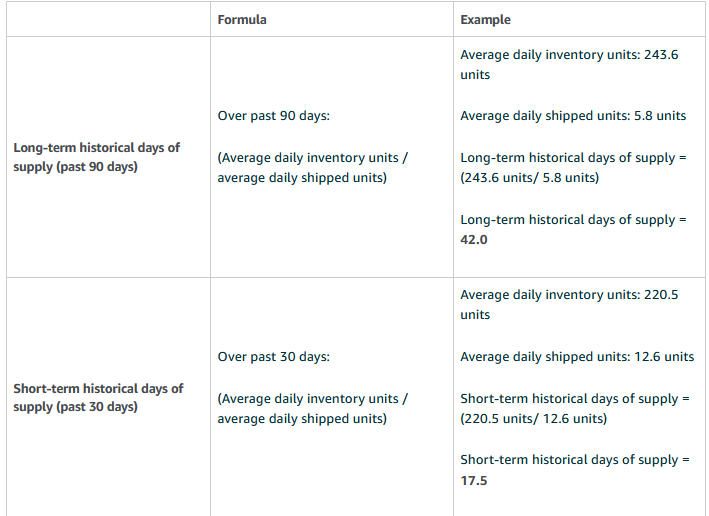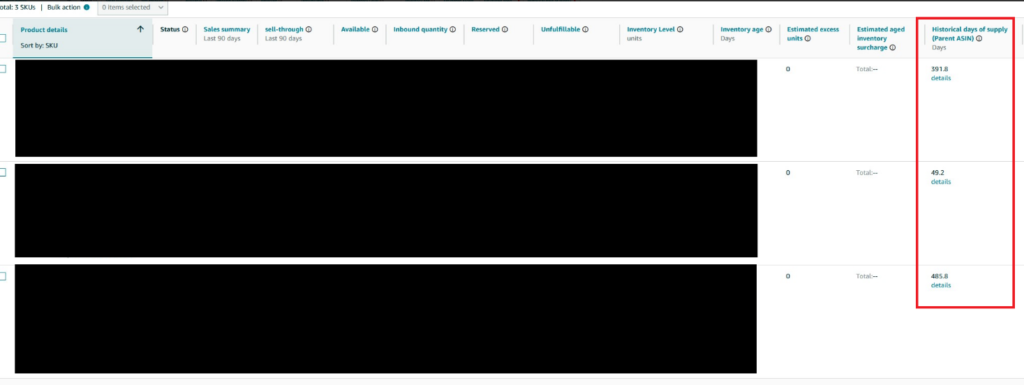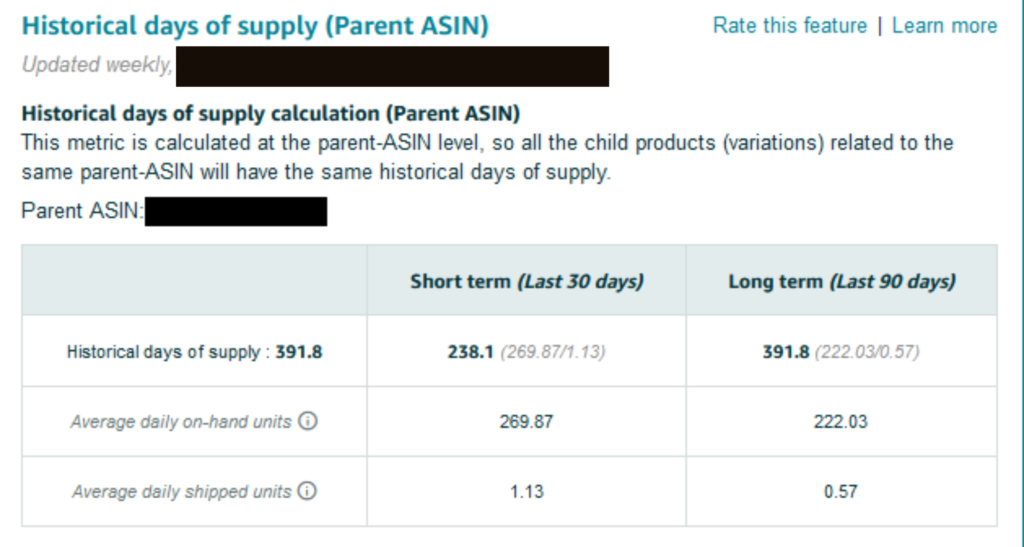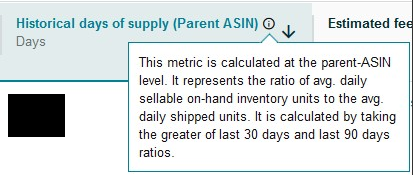Amazon has recently updated its fee structure, including the low-inventory-level fee. This fee is designed to encourage sellers to maintain sufficient inventory levels, ensuring timely product delivery and reducing shipping costs for customers.
Understanding how this fee works is essential. If your inventory levels drop below 28 days of historical sales, you’ll face an additional charge. The challenge lies in maintaining sufficient stock to avoid this fee while preventing overstocking, which can lead to increased storage costs.
Want to learn how to strike the perfect balance? Keep reading for expert tips on effective inventory management.
Why does Amazon charge a Low Inventory Level Fee?
To ensure efficient product distribution and faster delivery to customers, Amazon has implemented a low-inventory-level fee. When sellers don’t maintain sufficient inventory, it can lead to delays in shipping and increased costs for both Amazon and customers.
How is the Fee Calculated?
The fee is based on a product’s historical days of supply, which measures how much inventory is available compared to past sales.
- Fee Trigger: The fee is only charged when the historical days of supply for a product fall below 28 days for both the short-term (last 30 days) and long-term (last 90 days).
- Calculation Level: The calculation is done at the parent-product level.
- Fee Application: If a parent-product has less than 28 days of historical supply, the fee is added to the existing FBA fulfillment fees.
Here is an example of how the historical days of supply formula is calculated for a sample product:

In this example, this product would not incur the low-inventory-level fee, because the long-term historical days of supply exceeds 28 days (in the example above it’s calculated to be 42.0), even though the short-term historical days of supply is less than 28 days.
How can you find a product’s historical days of supply on the FBA Inventory page?
To view the historical days of supply at the product level for your inventory, navigate to the FBA Inventory page within Seller Central. There, you’ll find a column labeled “Historical days of supply” with the number automatically calculated for each individual product. This column displays the greater value between the short-term (past 30 days) and long-term (90 days) metrics as described in the table above:

For any product where the historical days of supply exceeds 28, the low-inventory-level fee will not be applied. To preview the calculation of the historical days of supply for a specific product, simply hover your cursor over the “details” link:

On the FBA Inventory page, you can search your inventory for specific SKUs or ASINs to view the historical days of supply for any particular item. To easily identify products where the fee will be applied, use the historical days of supply column to sort your inventory in ascending or descending order.
For a quick reminder of how the fee is calculated, simply hover your cursor over the information icon located at the top of the page:

To effectively reduce fees on Amazon, it’s essential for sellers to grasp and implement strategies that minimize the Low Inventory Fee, optimize quantity discounts, and use the Inbound Placement Service Fee to their benefit.
Preventing Amazon’s Low Inventory Fee aims to motivate sellers to maintain adequate inventory levels. To avoid this fee:
- Frequently check your inventory levels using Amazon’s Inventory Health reports, ensuring you stay above the required minimum stock.
- Fine-tune your replenishment cycles based on sales velocity and seasonality to prevent falling below the threshold.
Leveraging Quantity Discounts Making the most of quantity discounts can lower overall costs:
- Buy larger quantities from suppliers if it results in a discount, weighing the savings against the risk of overstocking.
- Combine shipments to Amazon’s fulfillment centers to reduce shipping costs, which can help offset other FBA fees.
Inbound Placement Service Fee Advantages Amazon’s Inbound Placement Service Fee relates to sending your products to FBA. To use it effectively:
- Streamline shipment planning by selecting fulfillment centers closer to your main customer base, reducing both the fee and delivery times.
- Keep an eye on fee changes coming into effect March 1, 2024, and schedule your shipments accordingly to avoid unexpected cost increases.
Strategies for fee reduction
The Low Inventory Level Fee introduced by Amazon encourages sellers to maintain optimal stock levels to meet customer demand without incurring extra expenses. Understanding and managing this fee is crucial for selling on Amazon, affecting both your budget and inventory strategies.
Maintaining supply above the 28-day threshold for both short-term and long-term periods requires vigilant monitoring and prompt action to keep your operations running efficiently and profitably.
Amazon sellers must strike a balance with their stock: not too little to trigger a Low Inventory Level Fee, but not so much as to waste money on storage. By meticulously planning and analyzing your historical sales, you can sidestep this fee and maintain a thriving business on Amazon.
Conclusion
The Low Inventory Level Fee introduced by Amazon encourages sellers to maintain optimal stock levels to meet customer demand without incurring extra expenses. Understanding and managing this fee is crucial for selling on Amazon, affecting both your budget and inventory strategies.
Maintaining supply above the 28-day threshold for both short-term and long-term periods requires vigilant monitoring and prompt action to keep your operations running efficiently and profitably.
Amazon sellers must strike a balance with their stock: not too little to trigger a Low Inventory Level Fee, but not so much as to waste money on storage. By meticulously planning and analyzing your historical sales, you can sidestep this fee and maintain a thriving business on Amazon.